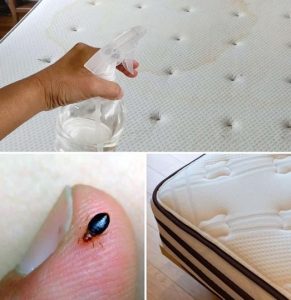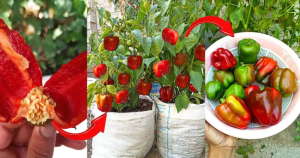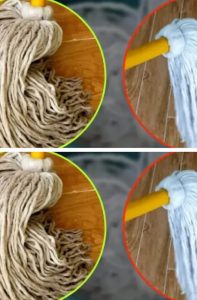There are a number of factors to consider before starting to clean a mattress. These include the type of mattress, and the reason for cleaning. Different cleaning methods should be used for each material and stain in order to get the best results.

Instructions
Cleaning with White Vinegar:
Dampen a sponge with the vinegar solution, ensuring it’s not too wet.
Gently rub the mattress surface in 20 cm squares on each side.
Rinse with a water-moistened glove.
Dry the mattress using a washcloth, covering the entire surface.
Pro Tip: White vinegar is also available in a convenient gel form.
Disinfecting with Soda Crystals:
Wear gloves and follow the manufacturer’s instructions.
Mix 2 tablespoons of soda crystals in 2 liters of hot water.
Apply the solution with a well-wrung sponge, rubbing the mattress thoroughly.
Rinse with clear water and dry using a cloth or a gentle setting on a hairdryer.
Deep Cleaning with Baking Soda:
Create a thick paste of baking soda and water to remove stains.
Spread the paste over stains, allowing it to dry for an hour before vacuuming.
For stubborn stains, use a mix of baking soda and vinegar, causing a bubbling reaction.
Let it dry and remove residue with a vacuum.
Eliminate odors by sprinkling baking soda over the mattress, leaving it for a few hours before vacuuming.





















